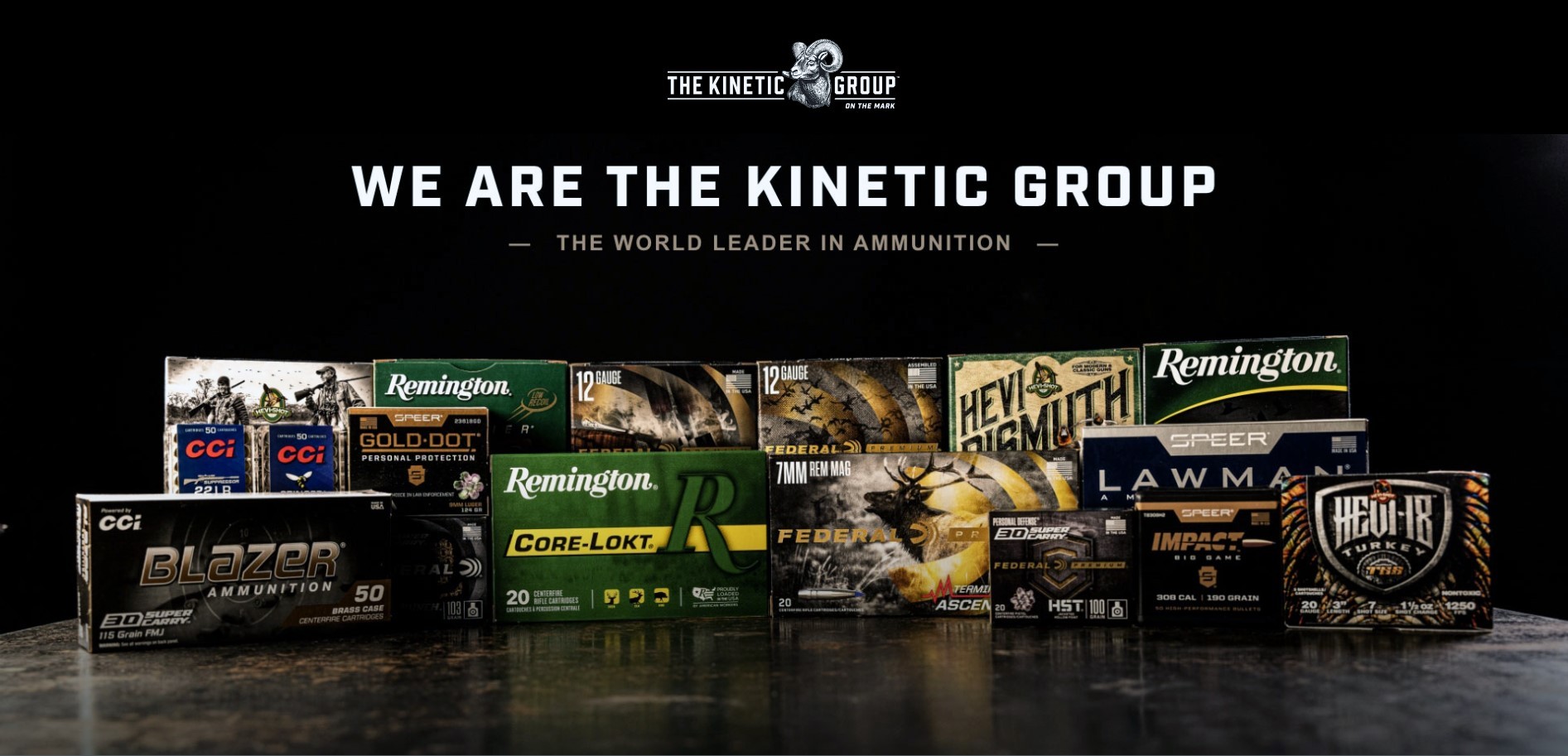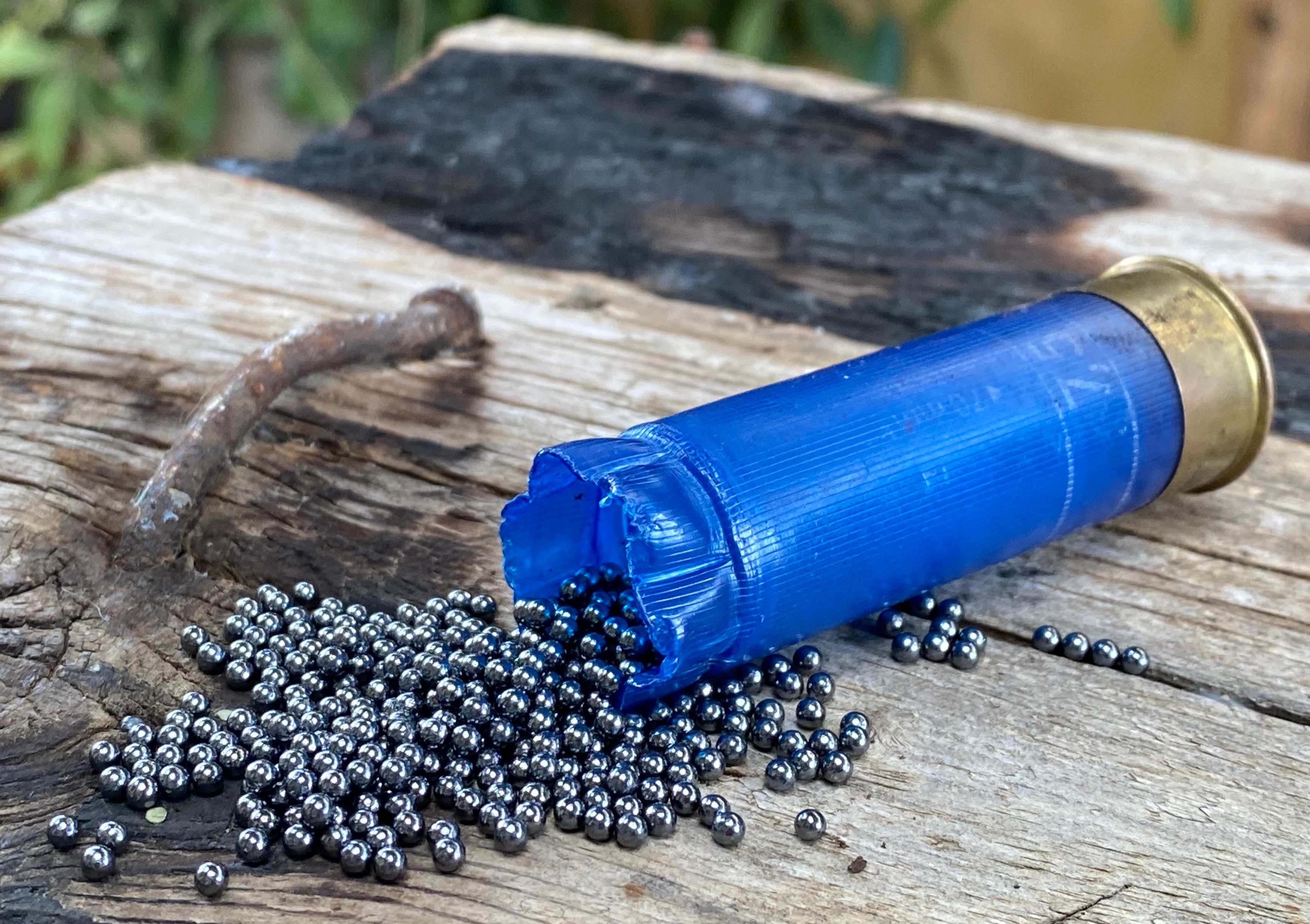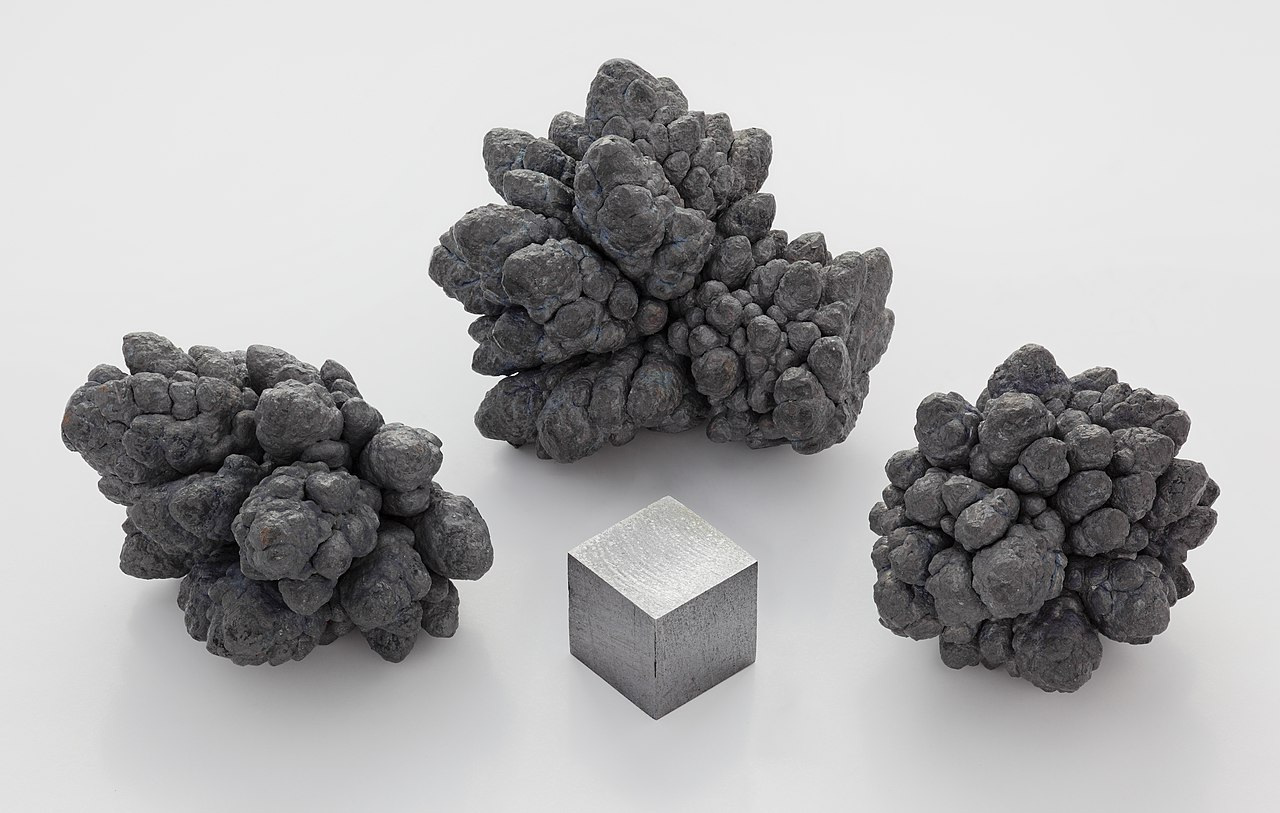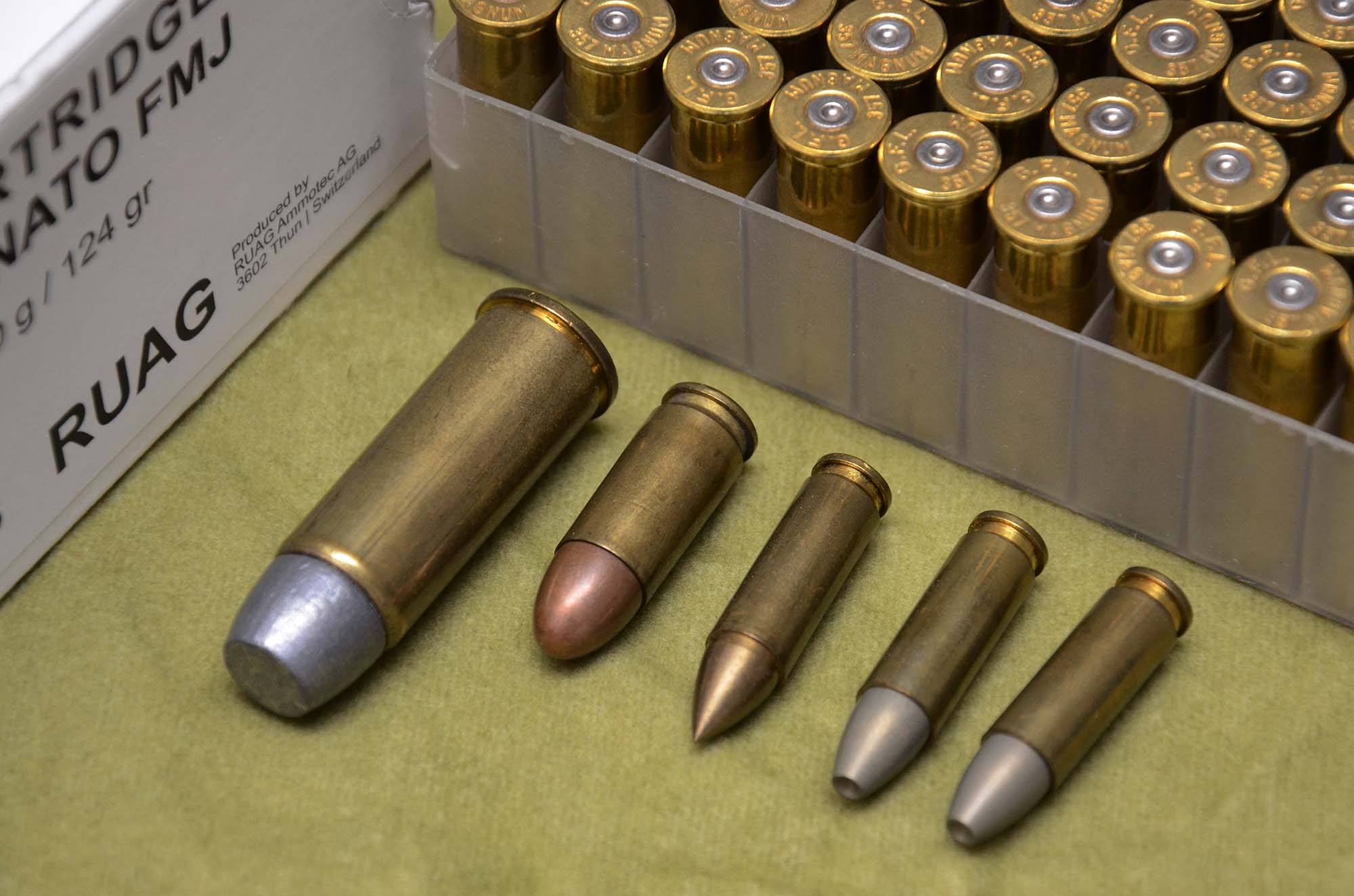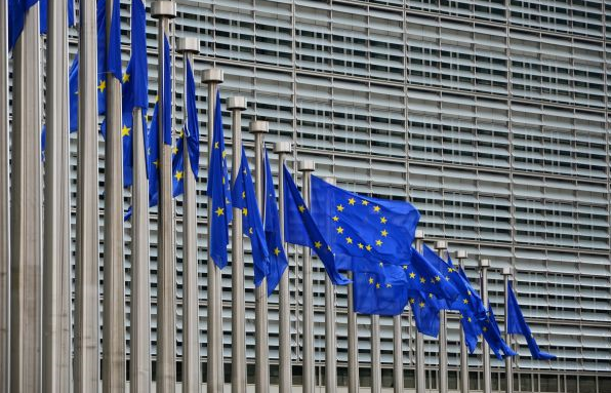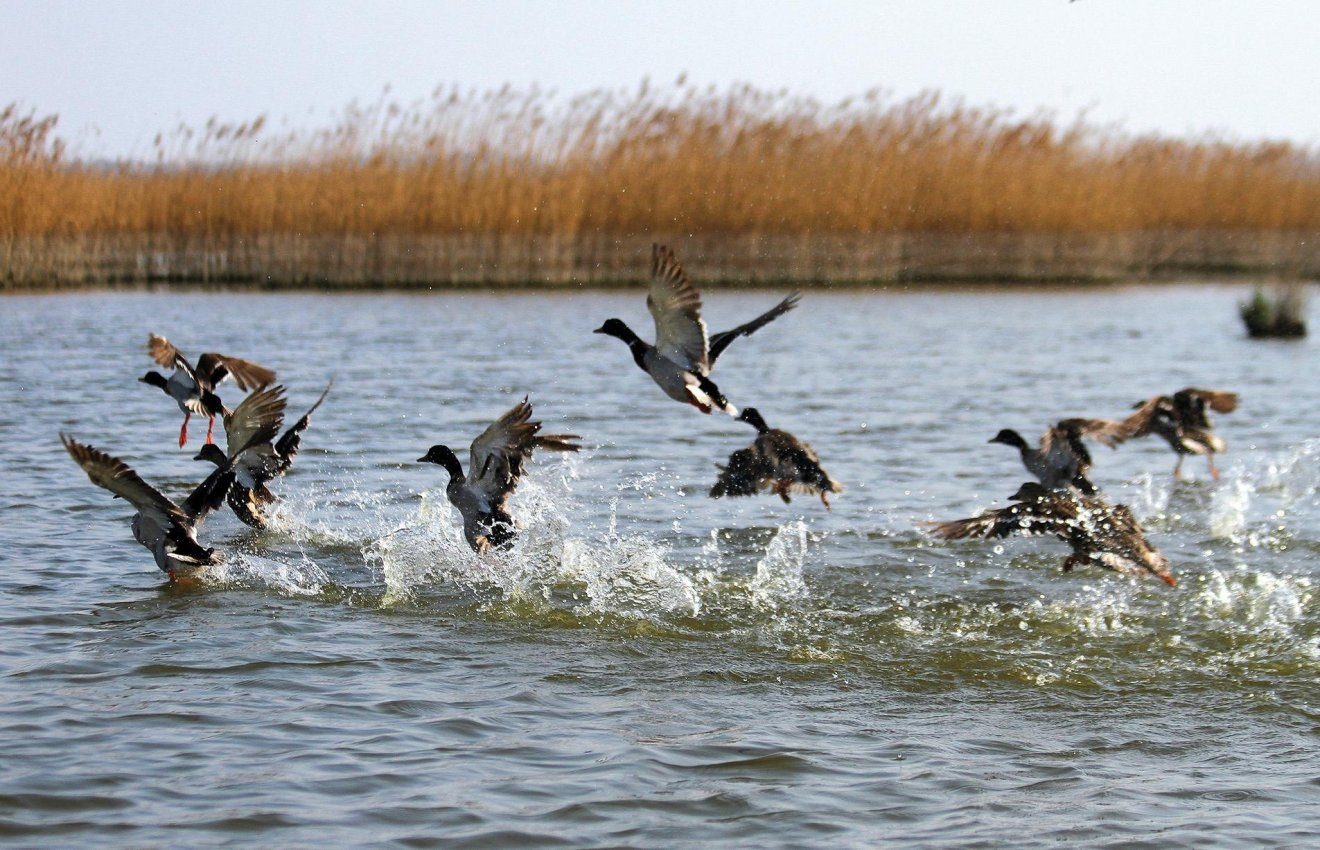After ECHA, the European Chemicals Agency, last April proposed lead metal for REACH Annex XIV Authorization Listing together with other seven substances “of very high concern” and “of the highest priority”, the UK duly followed: on 11th October, 2023, the Health and Safety Executive (HSE, Britain's national regulator for workplace health and safety) as the Agency for UK REACH published its risk assessment on lead ammunition.
The proposed text of the UK lead ban in ammunition envisages the following restictions:
- Live quarry shooting with shot – restriction on sale and use, with 5 year transition
- Live quarry shooting with bullets – no restriction
- Live quarry shooting with airguns – no restriction
- Target shooting with shot – restriction on sale and use, with derogation for elite competitors
- Target shooting with bullets – restriction on sale and use, but derogation on ranges which comply with National Rifle Association code of practice
- Target shooting with airguns – no restriction
Until December 11, 2023, a socio-economic consultation is also opened (you can find it here). After that, HSE will consider the responses to the SEA opinion and make a final submission to the Government, probably during Q1 2024. The UK-Government will then have 3 months to respond.
Sure, because lead is a horrible substance that kills men and animals alike: a threat to be removed, no matter what. And even if an EU- and UK-wide lead ban in ammunition would amount to an almost complete disaster in socio-economic terms, a Europe without lead is worth the risk, right? Well, not quite.
A case study developed in conjunction with Eurometaux, Metallo, Umicore and the European Precious Metals Federation, highlights some of the many essential applications of lead that provide societal benefits and boost the EU’s economy. Let's learn more about that.
Lead’s infinite role in Europe’s metal recycling industry
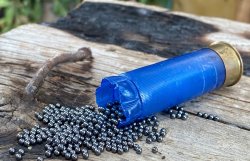
“Lead in particular plays an essential part in the recovery and recycling of other critical metals and materials from electronics waste, catalytic converters and other complex products,” they write in the study, stressing that lead therefore has a pivotal role in Europe’s circular economy.
In fact, “The carrier metal properties of lead make it an efficient and effective enabler for the recycling of a broad range of non-ferrous metals, from the critical raw material gallium used in mobile phones and solar panels, to precious metals including gold, and even platinum used in automotive catalytic converters. It achieves this by maintaining the value of products, materials and resources for as long as possible, returning them into the product cycle at the end of their use, and minimising the generation of waste”.
So, is lead actually... well, “green”? Notwithstanding the ideological insanity of a few people, the answer could be yes. “Lead is a key enabler of the circular economy in terms of its use in recycling industry – it is capable of dissolving and carrying a multitude of several critical technology elements.” In detail, molten lead can act as an efficient liquid carrier for critical raw materials such as bismuth and other technology elements such as tellurium and cadmium. Lead is therefore relied upon by other metals recycling industries linked to it. The case study also remembers us how “Demand for non-ferrous metals is increasing exponentially, in line with demand for technologies such as batteries, electric vehicles, and solar panels – the World Bank has projected that 300% more metals will be needed by the world’s wind turbines by 2050, 200% more for solar panels, and 1,000% more for batteries”.
Lead and Europe’s global leadership role in the circular economy
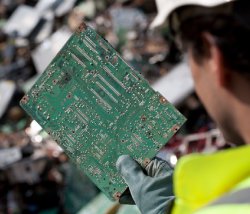
catalytic converters and other complex products.
Ok, but lead is still a toxic substance, and processing it is certainly hazardous, isn't it? In reality, strict risk management processes are observed when working with lead. “There is a long-standing framework of legislation, developed to specifically address the occupational risk of working with lead. This covers the production, use, and end-of-life recovery from waste.”
So much so that the industry’s exposure management performance now far exceeds these minimum legal requirements and has established proactive, voluntary targets for reduced employee exposure.
“With a quarter of the world’s recycled metals already generated in Europe, lead metallurgy can ensure the security of these high-demand raw materials as well as continuing Europe’s global leadership role in the circular economy,” the study concludes.
Why lead is essential for the EU’s circular economy?
Summing up: lead enables high-tech recycling in the EU, allowing a wide variety of valuable metals such as tin, precious metals, and platinum to be recovered from e-scrap, catalytic converters, and other complex products at end-of-life; the lead value chain is inextricably linked to the production of other valuable and critical raw materials – metals such as zinc, copper, tin, bismuth, indium, gold, silver and platinum group metals – many of which contribute to future breakthrough technologies for a more sustainable economy; lead is an essential element for the EU’s circular economy.
On the other hand, the loss of lead metallurgy would remove a central process for Europe’s multi-metallic recycling industry, making it less efficient and competitive and could threaten the EU’s position as a global leader in recycling.
After all, are you sure you still wish to join the “lead ban crusade”? Don't you have enough of this ideologically driven self-harm in the name of fake environmentalism?




